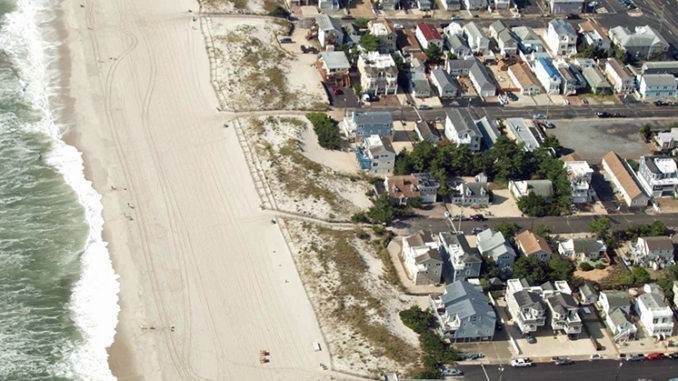December 23, 2020
DEP Milestone: It’s 2019, Governor Orders Statewide Climate Change Resilience Strategy
- About two-thirds of U.S. adults (67%) say the federal government is doing too little to reduce the effects of climate change, and similar shares say the same about government efforts to protect air (67%) and water quality(68%),

while majorities say the same when it comes to protecting animals and their habitats (62%) and protecting open lands in the national parks (55%).
- Overall, about three-quarters of Americans (77%) agree that the more important energy priority should be developing alternative energy sources, such as wind and solar power and hydrogen technology, rather than increasing U.S. production of fossil fuels.
- Most Americans today (62%) say that climate change is affecting their local community either a great deal or some.
- Overall, about half of Americans (49%) say human activity contributes a great deal to climate change, and another 30% say human actions have some role in climate change. Two-in-ten (20%) believe human activity plays not too much or no role at all in climate change.
- Eight-in-ten Americans (80%) report that they reduce their food waste for environmental reasons. Large shares of the public (72%) say they use fewer plastics that cannot be reused, such as plastic bags, straws, cups or reduce their water consumption (68%) to help the environment.
Pew concluded that the survey results indicated “partisanship is a stronger factor in people’s beliefs about climate change than is their level of knowledge and understanding about science.”
In other climate news: On Nov. 4, the United States formally began the process to leave the Paris Agreement on climate change. The next day – Nov. 5 – 11,000 scientists from around the world published a study in the journal BioScience, warning “clearly and unequivocally that planet Earth is facing a climate emergency.”
And now, a look at 2019 …
By the end of the decade, the destructive impacts of climate change fueled by greenhouse gas emissions had become evident in every part of the globe. No longer framed as a problem for the future, it is now recognized by many to be a clear and present danger.
In 2019, major floods swamped the Midwest as the contiguous United States experienced its second wettest year since record-keeping began. From the Amazon rainforest to Siberia and Australia, wildfires raged, burning millions of acres and displacing thousands of people and countless animals.
Across an increasingly connected world, a groundswell of protest movements led by young people demanded action commensurate to the scale of the challenges facing humanity.
In New Jersey, Governor Phil Murphy marked the seventh anniversary of Superstorm Sandy by signing Executive Order 89 to create and implement a Statewide Climate Change Resilience Strategy. Among its directives, the order established the Climate and Flood Resilience Program at DEP to be overseen by New Jersey’s new Chief Resilience Officer, David Rosenblatt.
The order also established an Interagency Council on Climate Resilience, initially comprising representatives from 16 state agencies to coordinate decisions and policies across state government.
“As a coastal state, New Jersey is on the front lines of climate change,” said DEP Commissioner Catherine McCabe at the October signing of Executive Order 89. “The impacts of climate change are far-ranging and already touch on everyone’s life in one way or another.”

At the Council’s first meeting in December, the DEP presented a new study by leading coastal experts and researchers from across the region that examined sea-level rise and storms exacerbated by climate change. The report, titled “New Jersey’s Rising Seas and Changing Coastal Storms,” projected sea-level rise in New Jersey of up to 1.1 feet by 2030 and 2.1 feet by 2050, and warned that if global greenhouse gas emissions remained on their current path, New Jersey could see as much as 6.3 feet of sea-level rise by 2100 along its 130-mile coastline.
“New Jersey is extremely vulnerable to the impacts of climate change and we must work together to be more resilient against a rising sea and future storms,” said Governor Murphy. “The data presented in this report will not only guide the Interagency Council’s decisions, but will also advise future generations of leaders on how best to mitigate the devastating effects of climate change.”
The following month, January 2020, the state announced its intent to require builders to take into account the impacts of climate change, such as rising sea levels, when seeking approval for projects – which, when implemented, would make New Jersey the first state to do so.What were they thinking?
###
 OFFICIAL SITE OF THE STATE OF NEW JERSEY
OFFICIAL SITE OF THE STATE OF NEW JERSEY